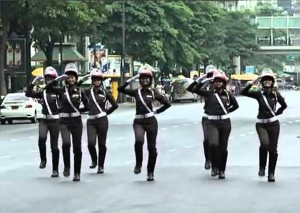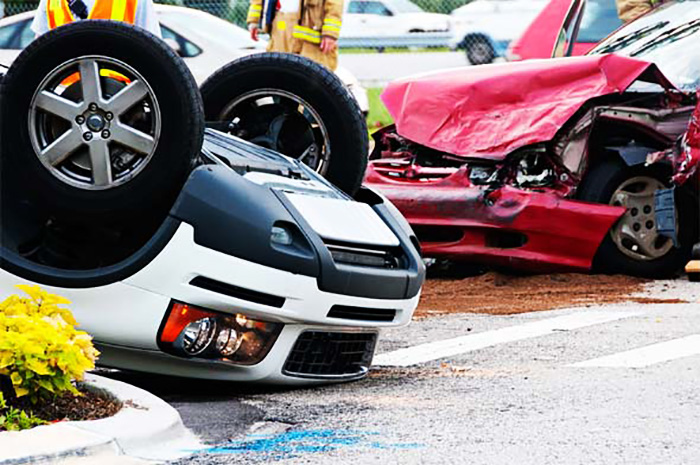What to do in the event of a motor accident in Thailand – Part 1.
Have you ever been in the following situations after a car accident?
- You do not know what to do, who you should call, or what documents need to be used.
- Once you’ve checked your car documents, discovered the Insurer’s telephone contact and called them, it seems to take forever until your insurer has arranged for their motorcycle claims attendant to arrive and “rescue”you at the scene.
- You really want to move your car away so as to not block the traffic, but somehow you feel that this would not be the right thing to do.
- And so, there you are, stuck in the middle of the road, while drivers of passing cars glare at you as if you, personally, were the cause of the terrible traffic that is delaying them.
The above kind of incidents can now be avoided if you understand the “Knock for Knock”agreement which exists between insurers in Thailand.
Essentially the Knock for Knock agreement is an agreement between two insurance companies, whereby each insurer agrees to pay the losses sustained by its own policy-holder regardless of who is responsible for the cause of the accident.
Consequently, the Knock for Knock agreement arrangements help save time in the event of motor accidents, make the whole affair of an accident less dramatic and inconvenient for the parties involved, and reduces traffic congestion.
Ultimately the satisfaction of individual motor policy Insured parties is enhanced, while the standing of the Thai motor insurance industry, which is becoming more and more competitive in order to meet the standard of the ASEAN countries, is raised.
So, when can you use “Knock for Knock”?
- There must be a party who accepts the fault.
- Both parties should have valid driving licenses (Check!).
- If liability is still in doubt, or if neither party accepts fault, then the form cannot be used.
- In this case the situation reverts to those we have all seen on Thai roads: the crashed vehicles remaining in the accident situation, blocking traffic, the parties looking aggrieved, and the Boys in Brown in attendance spray-painting around the vehicle’s tires (and for what to do if you find yourself in this scenario – read part 2).
How to use the “Knock for Knock” form.
- Both parties fill in the Knock for Knock agreement form which is enclosed along with your policy documents, and which, hopefully, you have kept in your vehicle’s glove box. Please make sure it is there (or check with your insurance broker if you have misplaced it or do not have one).
- Complete and sign on the form and exchange it with the other party to the accident.
- Then, you are lawfully allowed to leave (not “flee”) the accident scene.
- Subsequently, when making the claim under your insurance policy, present the other party’s Knock for Knock signed agreement form to your insurer.
Some points to note:
- The Knock for Knock agreement form can only be used when both parties are covered by comprehensive insurance policies –check that the other party’s insurance policy is comprehensive.
- The Knock for Knock Agreement is only applicable to cars, trucks and vans with 4 wheels, vehicles not exceeding 4 tons gross weight, and not exceeding 20 passengers.
- If a vehicle falls outside the applicability of Knock for Knock, then the insurer of that vehicle will not have issued them the Knock for Knock form and so the driver will not have the form to exchange with you. Therefore, it is not necessary to know whether the other party’s vehicle has gross weight over 4 tons or registered as exceeding 20 passengers.
 So, to recap, please ensure the other party has a valid driving license, has the form to exchange with you, the form shows correct vehicle registration number and the period of insurance as stated on the form is still valid.
So, to recap, please ensure the other party has a valid driving license, has the form to exchange with you, the form shows correct vehicle registration number and the period of insurance as stated on the form is still valid.
We hope you find this article interesting – and useful, should you find yourself in an accident.
If you have any questions relating to this article or in regard to motor vehicle insurance we would be glad if you contacted us.








